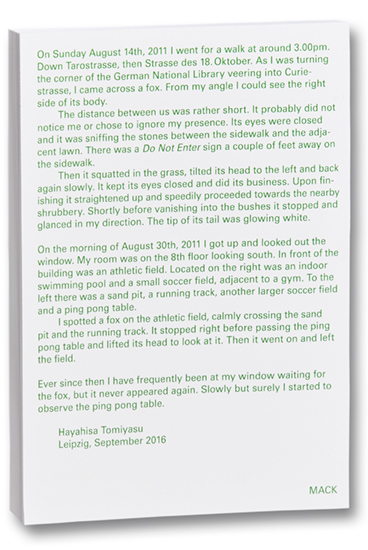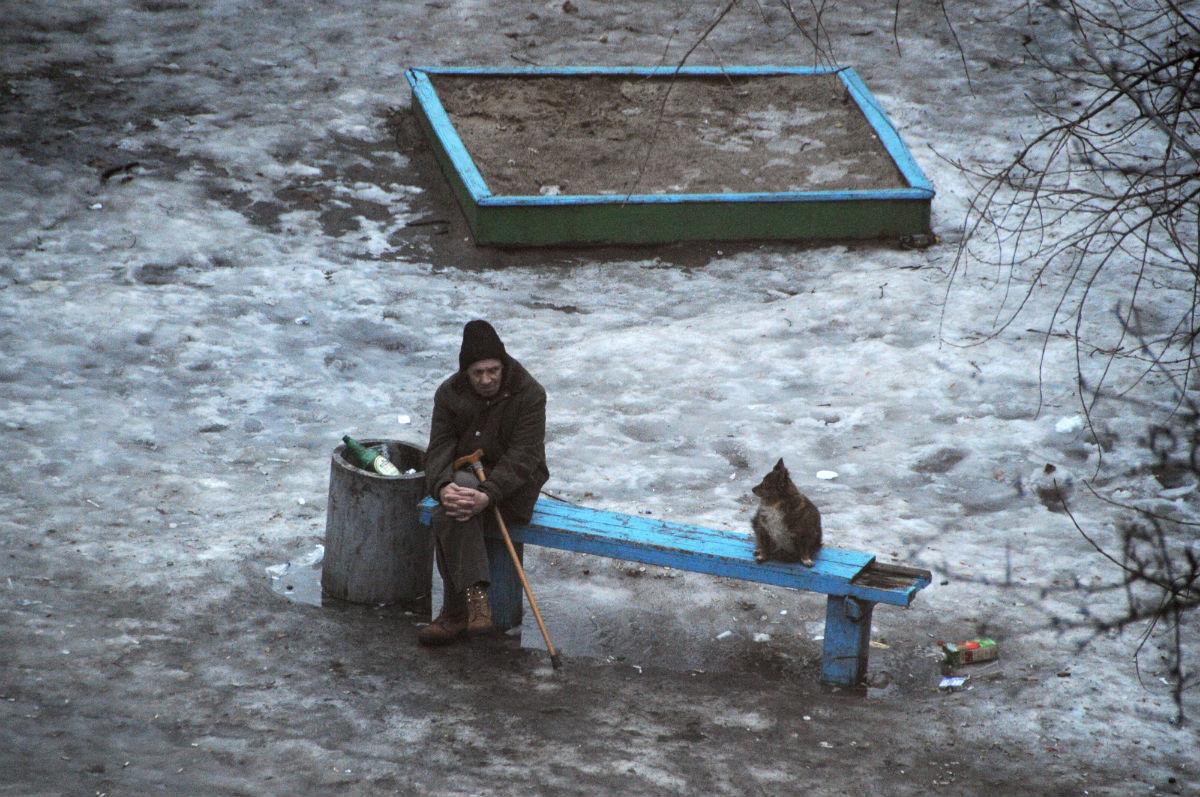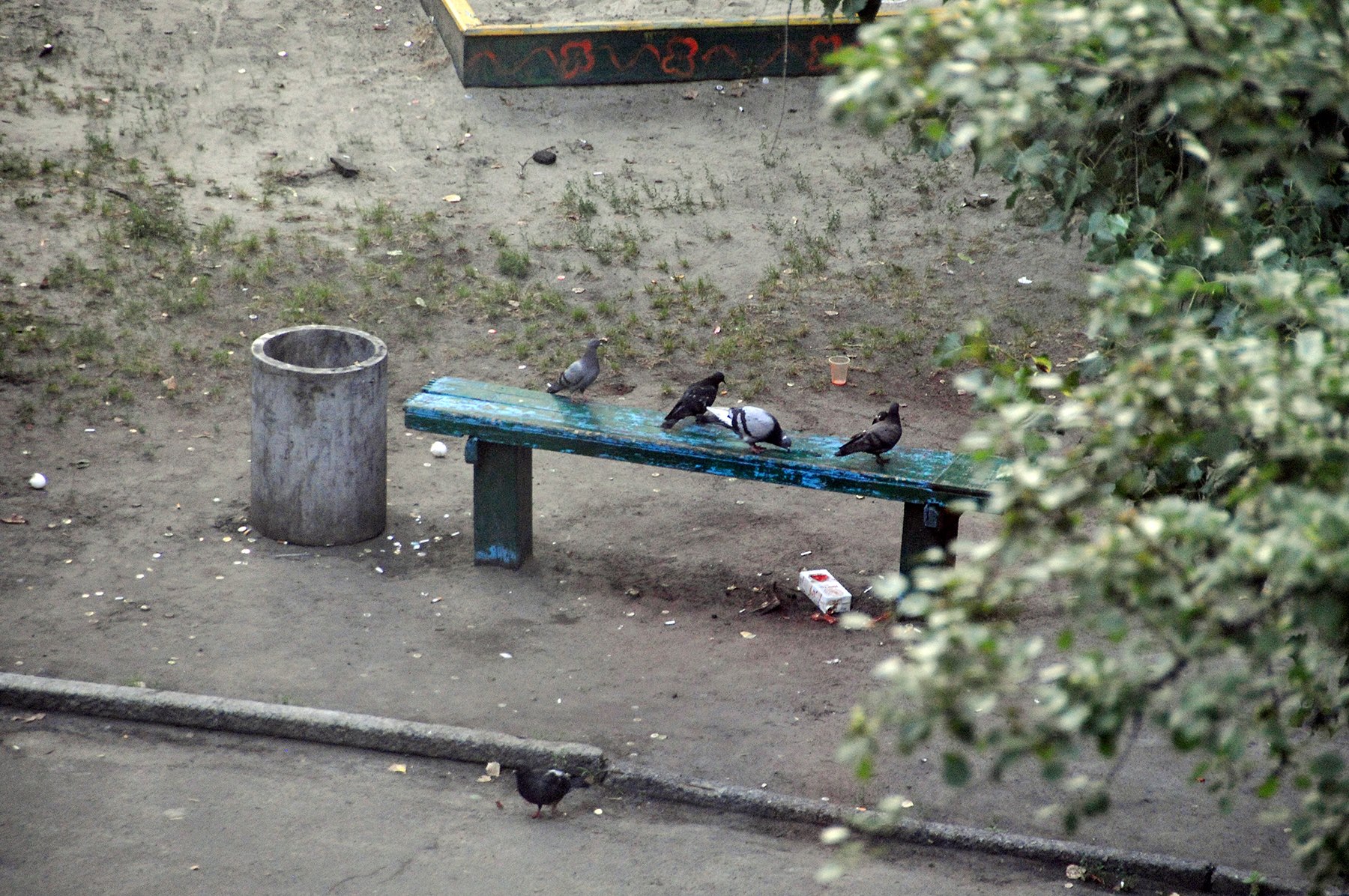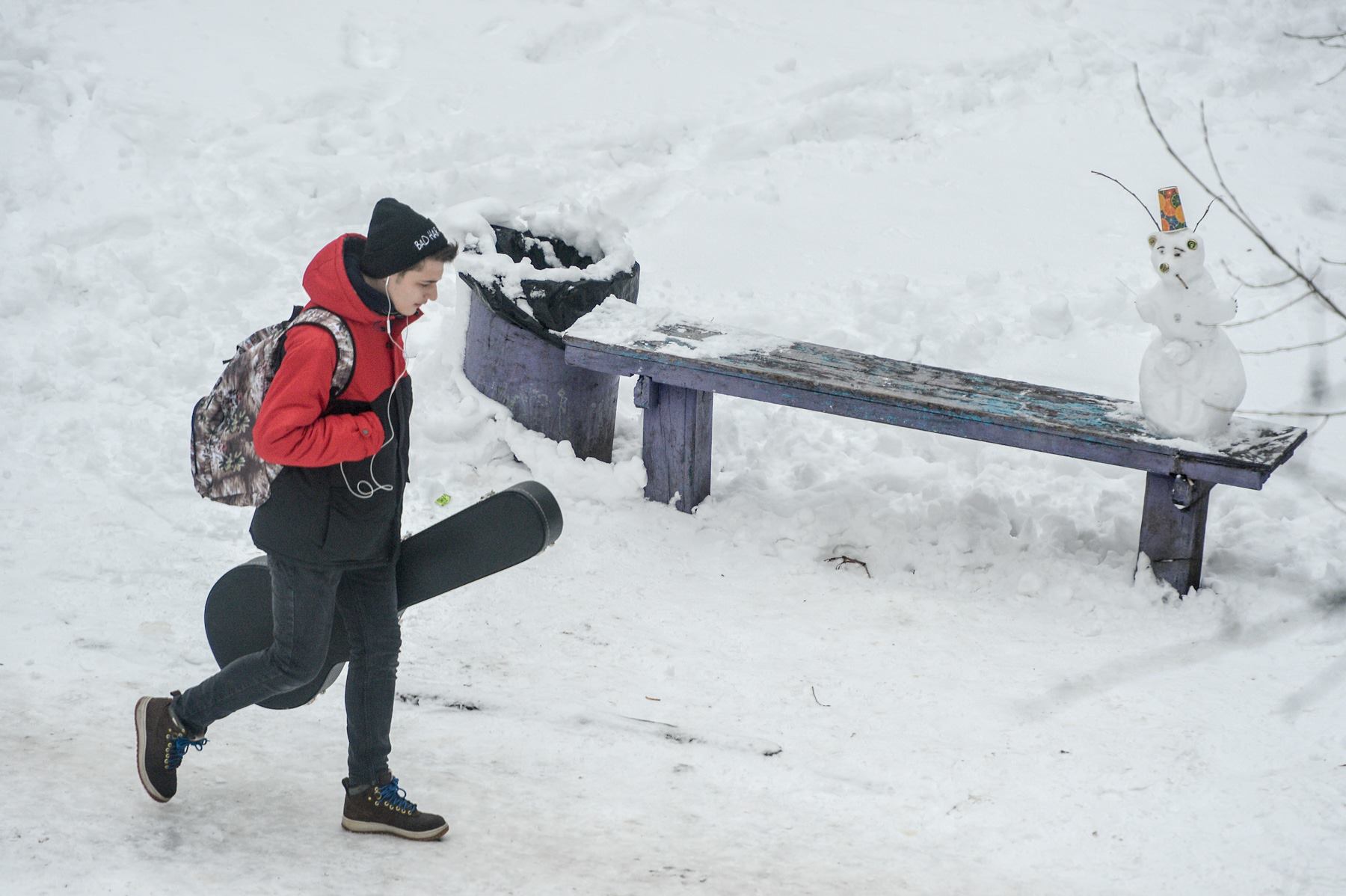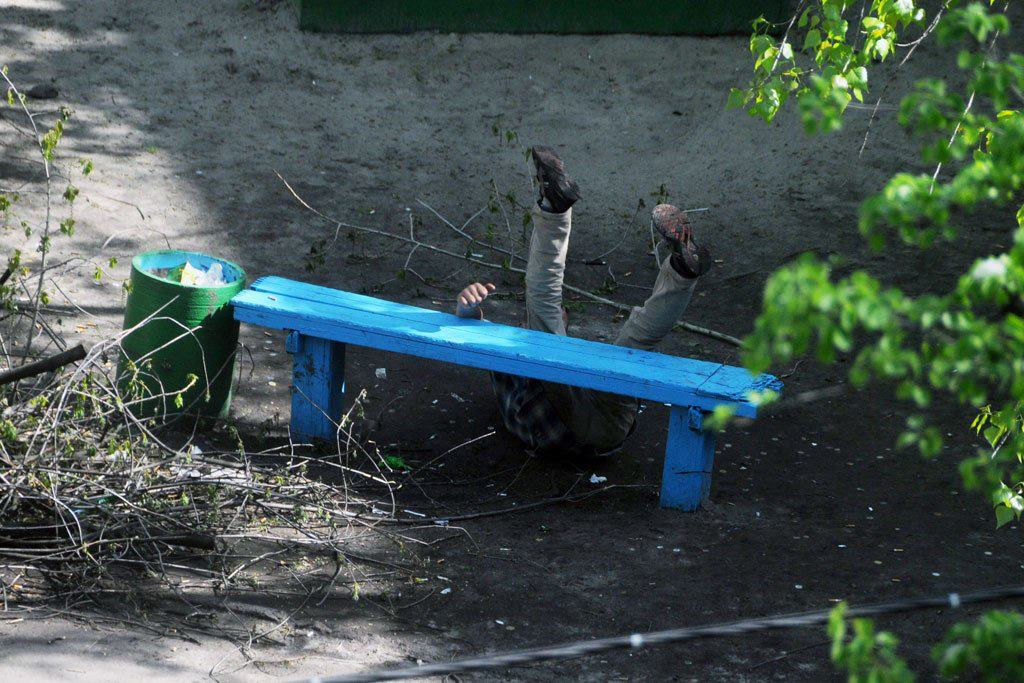Overview
So far in the project I have heavily focused on ‘Stalking Photography’ which is a hybrid of documentary, street photography and portrait approaches.
The artists that I have researched and been influenced by are as follows:
- Henrik Malmström – He explored voyeurism, photographing unaware subjects who were committing minor crimes around his heavily gentrified area, he did this from the safety of his house window. His technique when photographing was to use very high ISO values to achieve, in a sense, ‘bad quality’ images that were grainy. He did this to mimic surveillance cameras and make a statement about surveillance of crimes and wrong doings as well as surveillance as a whole.
- Hayahisa Tomiyasu – Due to a series of events, the photographer found himself at the window of his apartment awaiting the appearance of a fox he saw days prior, with his camera aimed at a tennis table by the bush in which he first saw the fox, the photographer noted the different uses of that tennis table; he found himself observing and documenting how different people interact and use that almost ordinary object and it fascinated him. His first book includes a series of images taken of the table at varying times of the year but each taken at the same angle.
- Yevgeniy Kotenko – Similarly to Tomiyasu, this photographer studied how people interact with a bench outside of his apartment complex; his images focus a lot more on the subjects – showcasing all sorts of emotions and possible dialogues as well as situations and story lines the individuals could be experiencing at that moment.
- Sophie Calle – Known to many as the pioneer of ‘stalking photography’. Calle had completed multiple projects that were essentially controversial and imposed on peoples lives and their belongings. ‘Suite Venitienne’ was one of her most controversial work yet, she had followed a man she met at a party all the way to Venice, following, recording and retracing his every step – where he went, what he did and who he did those things with. Her photographs were black and white, all taken from a place of hiding and always close to the subject.
The similarity between all these photographers is the concept of waiting for the right moment to photograph an unknown and unaware subject. All the photographs created images from a place of hiding, the images behold a voyeuristic nature due to this.
So far I have taken photographs in the style of Kotenko and Tomiyasu, the images were taken of complete strangers from the safety of my home and bedroom window; I used the techniques displayed by Malmström, high ISO level to mimic cameras and to, in a sense, cover and protect the identity of the subjects. I have also completed 2 separate shoots in the style of Sophie Calle; I followed the journey of complete strangers and took photographs in a way that’s very similar to Sophie Calle. I have then took those images and further edited them to mimic security camera footage – this allowed me to bring together both the style of Malmström and Calle.




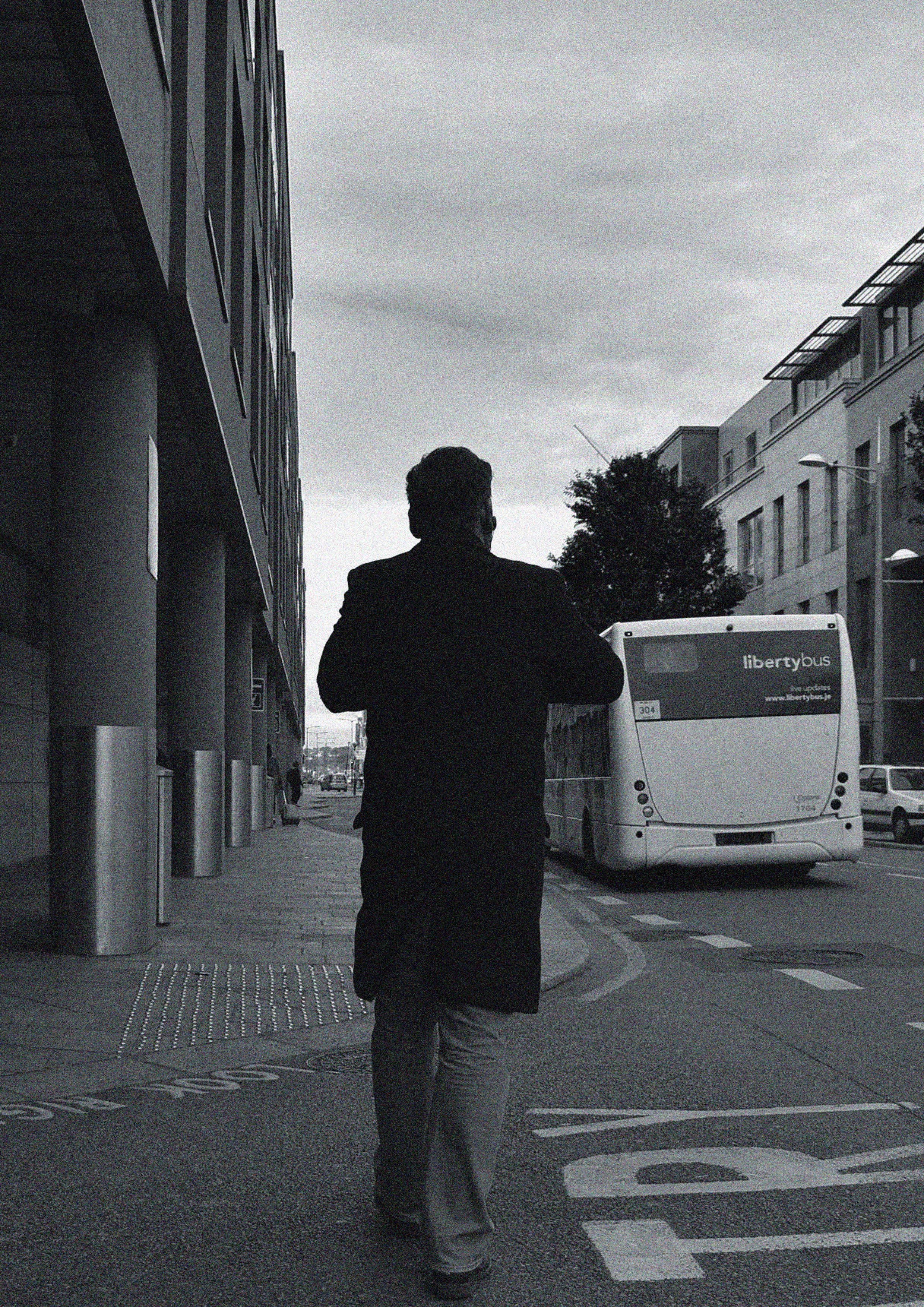
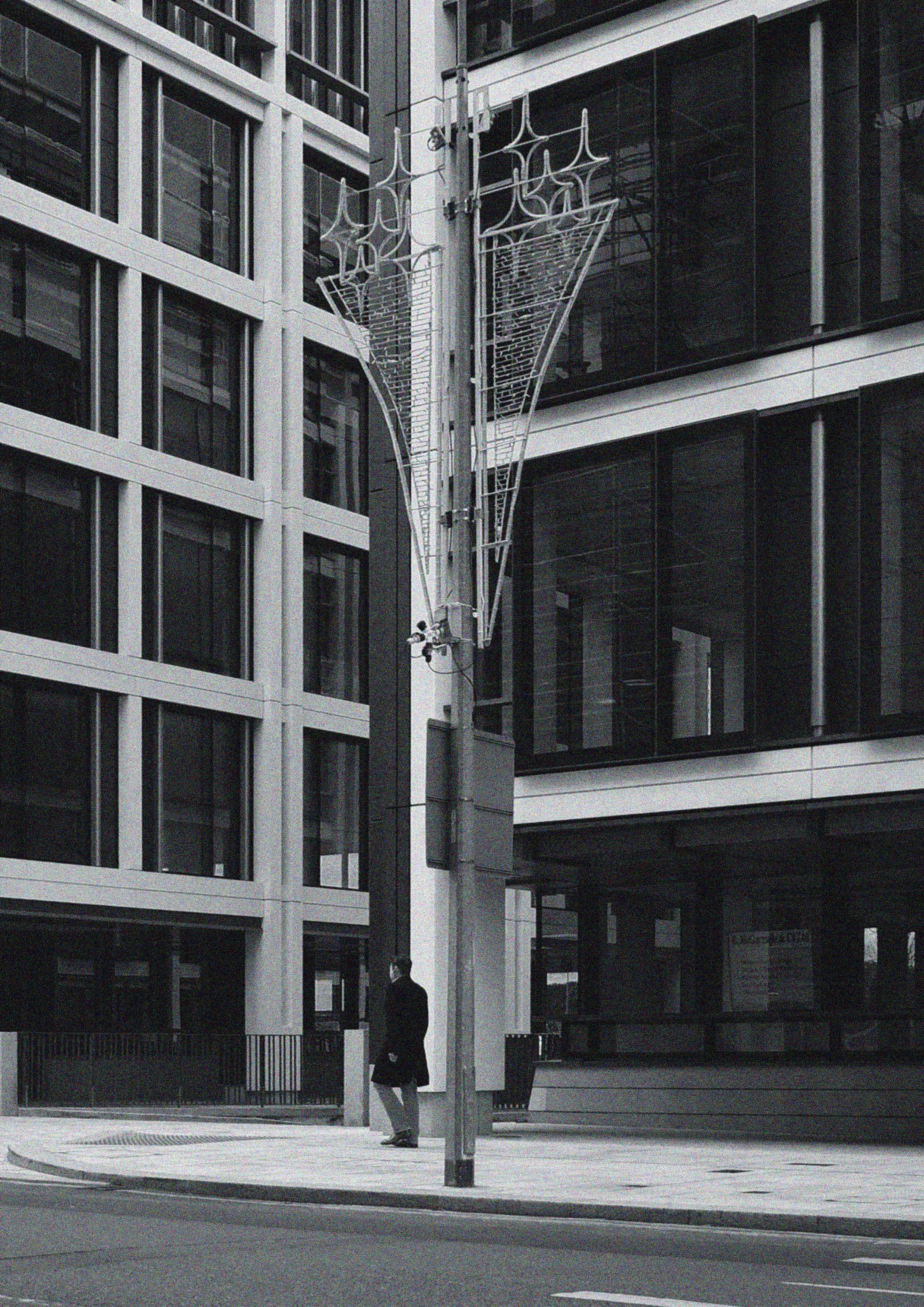
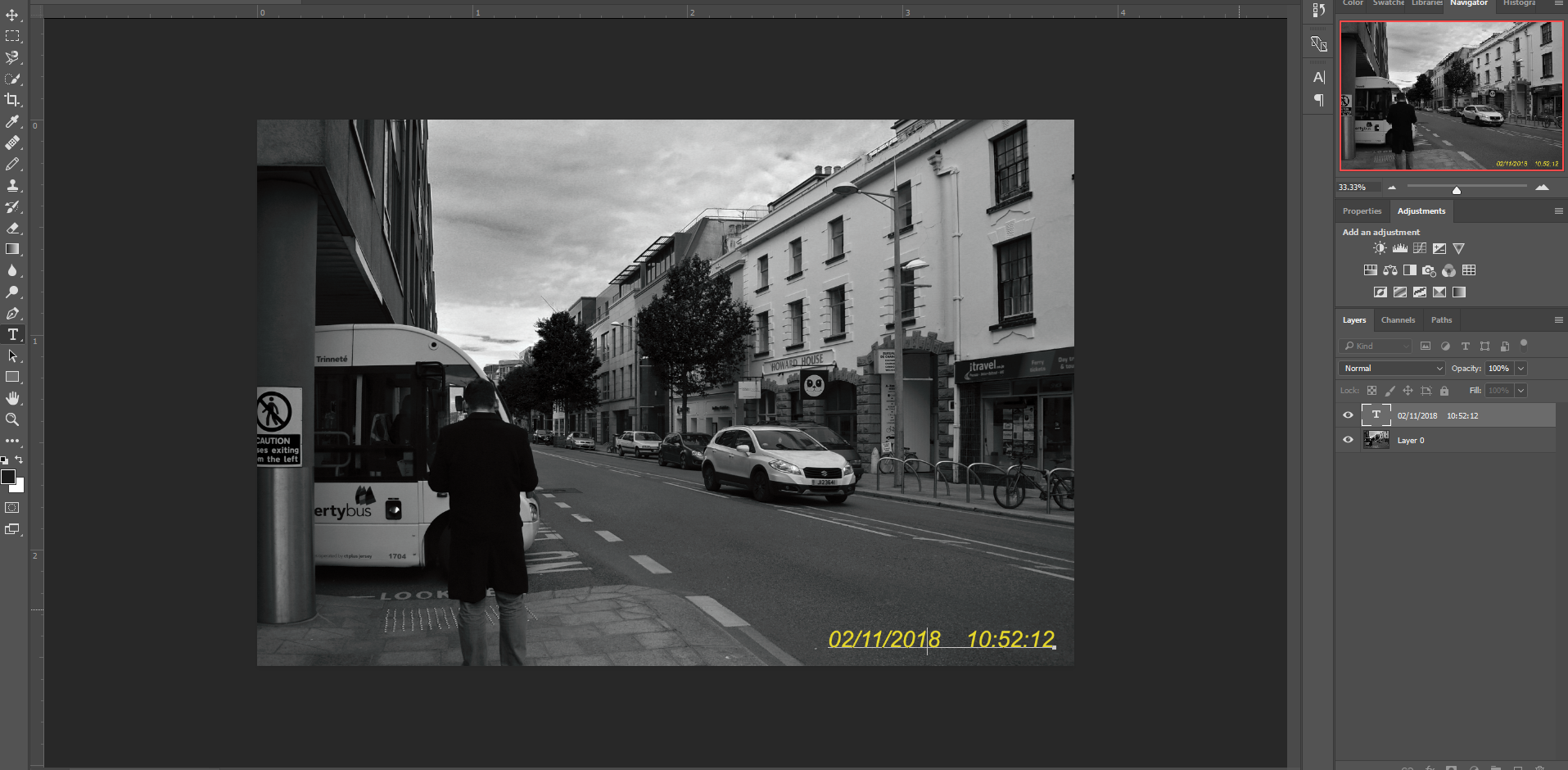


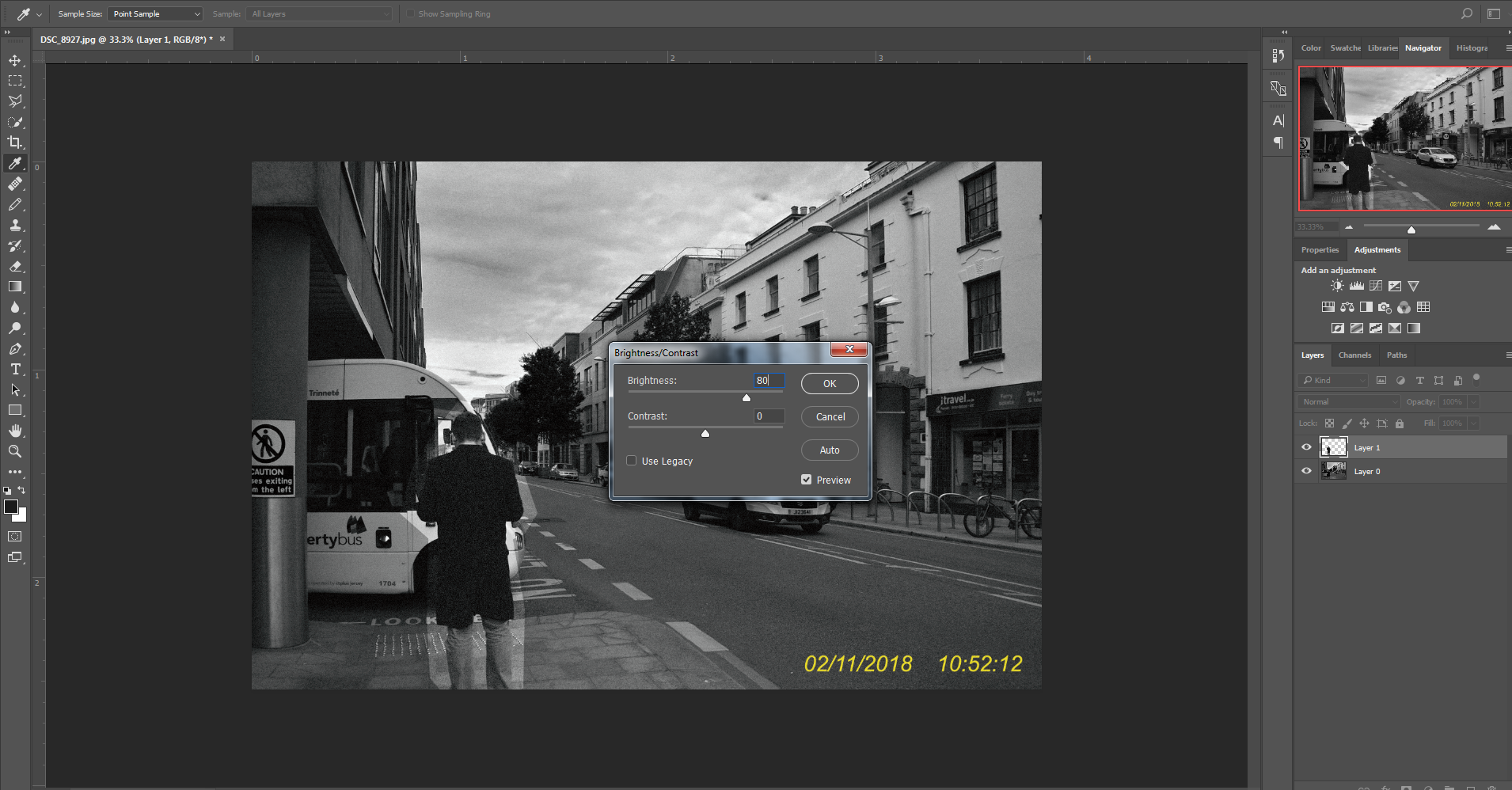










 I began by inserting all my photographs from this shoot into Adobe Lightroom. Then, using the function of flagging photographs, I picked out the images that I think are successful and that I want to use and edit in the later stages. I filtered out all the non-flagged images so that I was left with only the images that I chose and I went into the ‘develop mode’ where I edited the first photograph to my liking.
I began by inserting all my photographs from this shoot into Adobe Lightroom. Then, using the function of flagging photographs, I picked out the images that I think are successful and that I want to use and edit in the later stages. I filtered out all the non-flagged images so that I was left with only the images that I chose and I went into the ‘develop mode’ where I edited the first photograph to my liking.



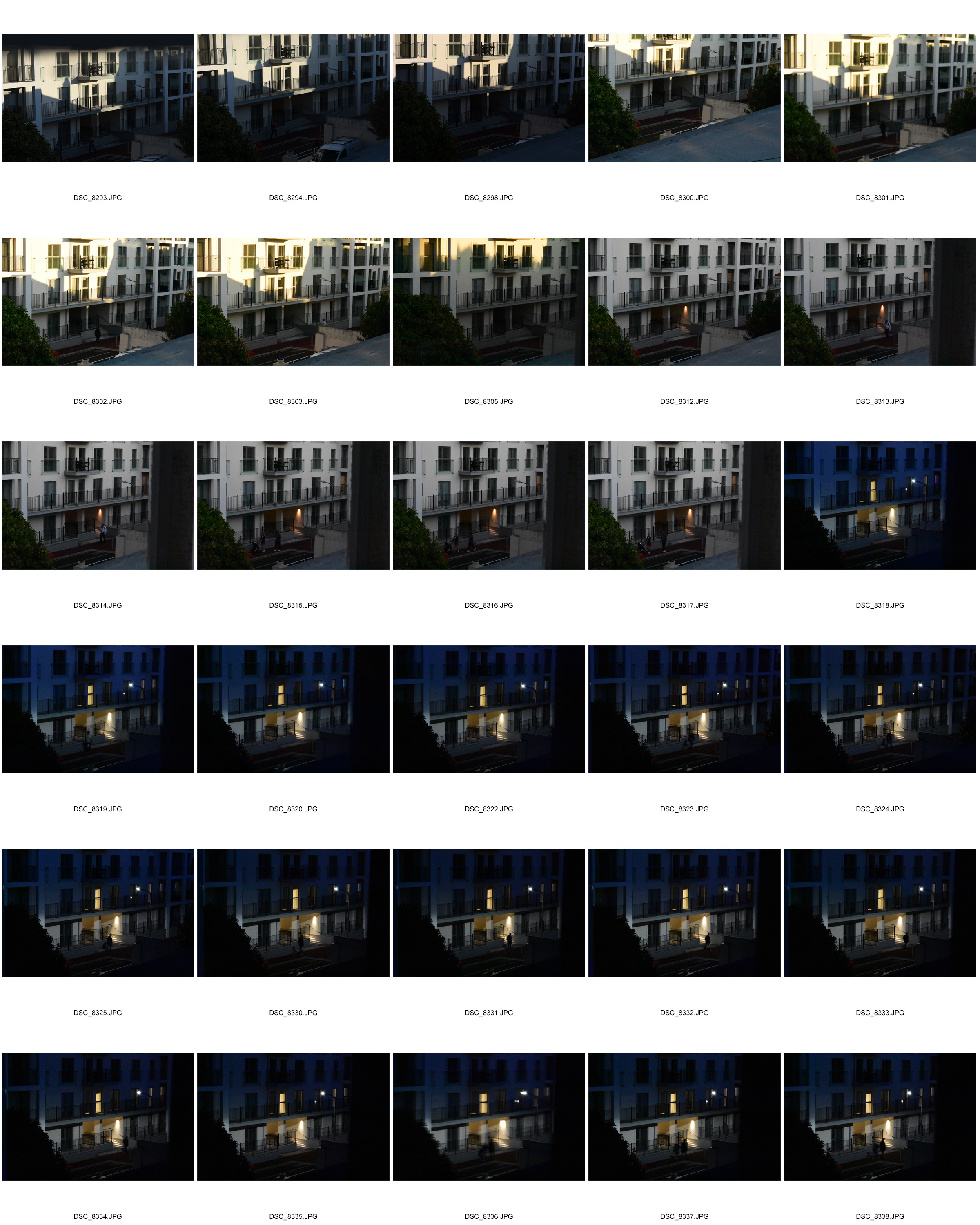
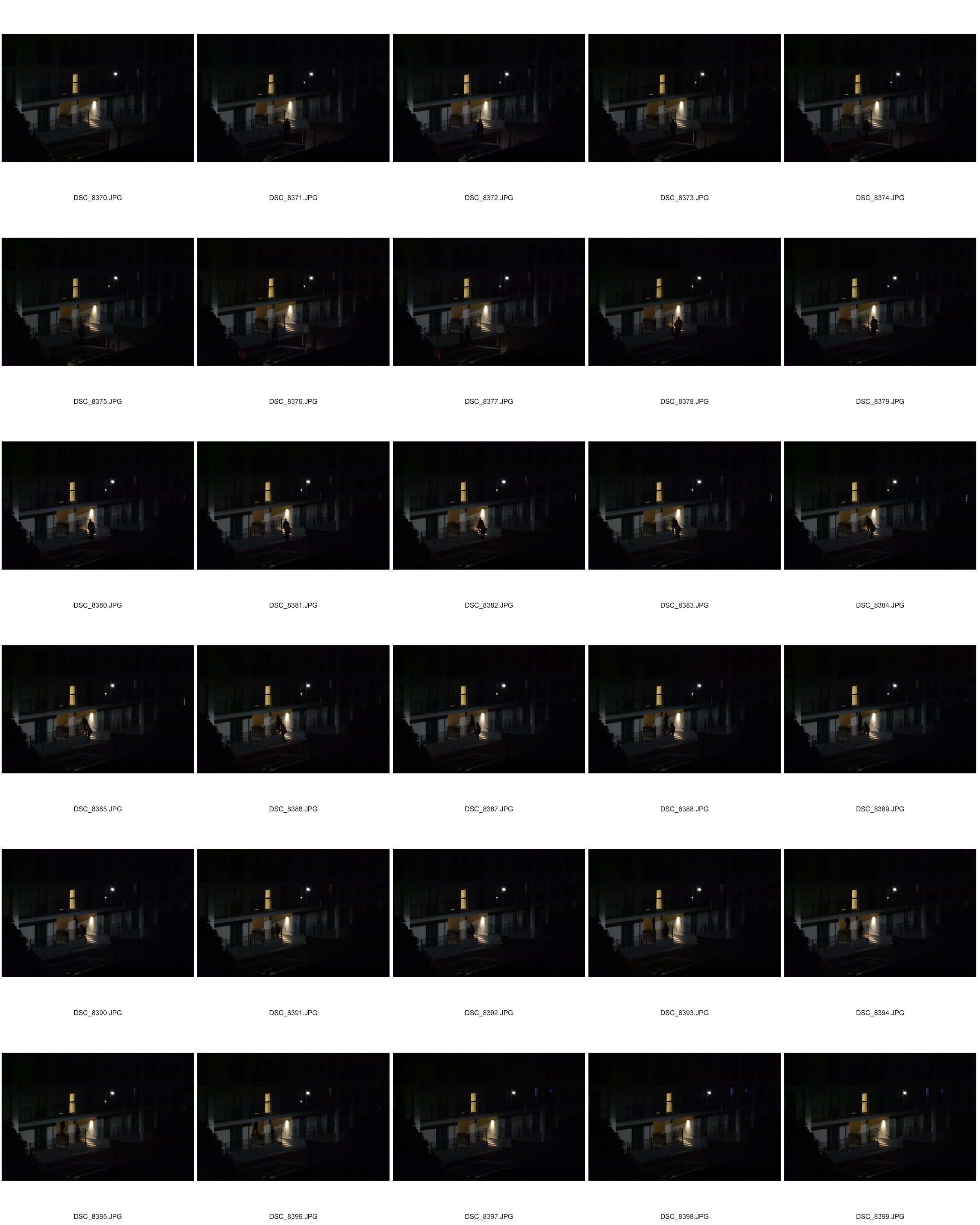
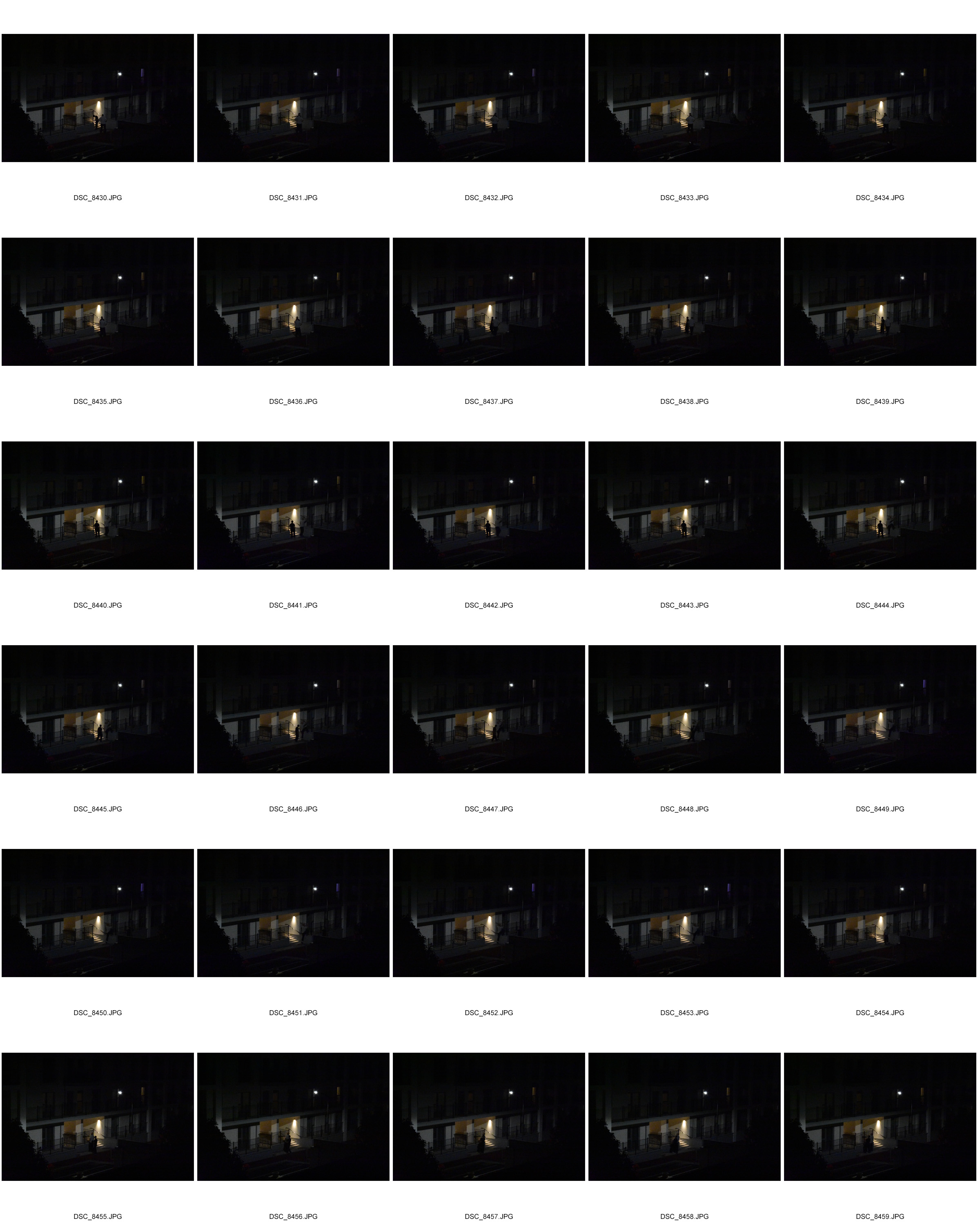
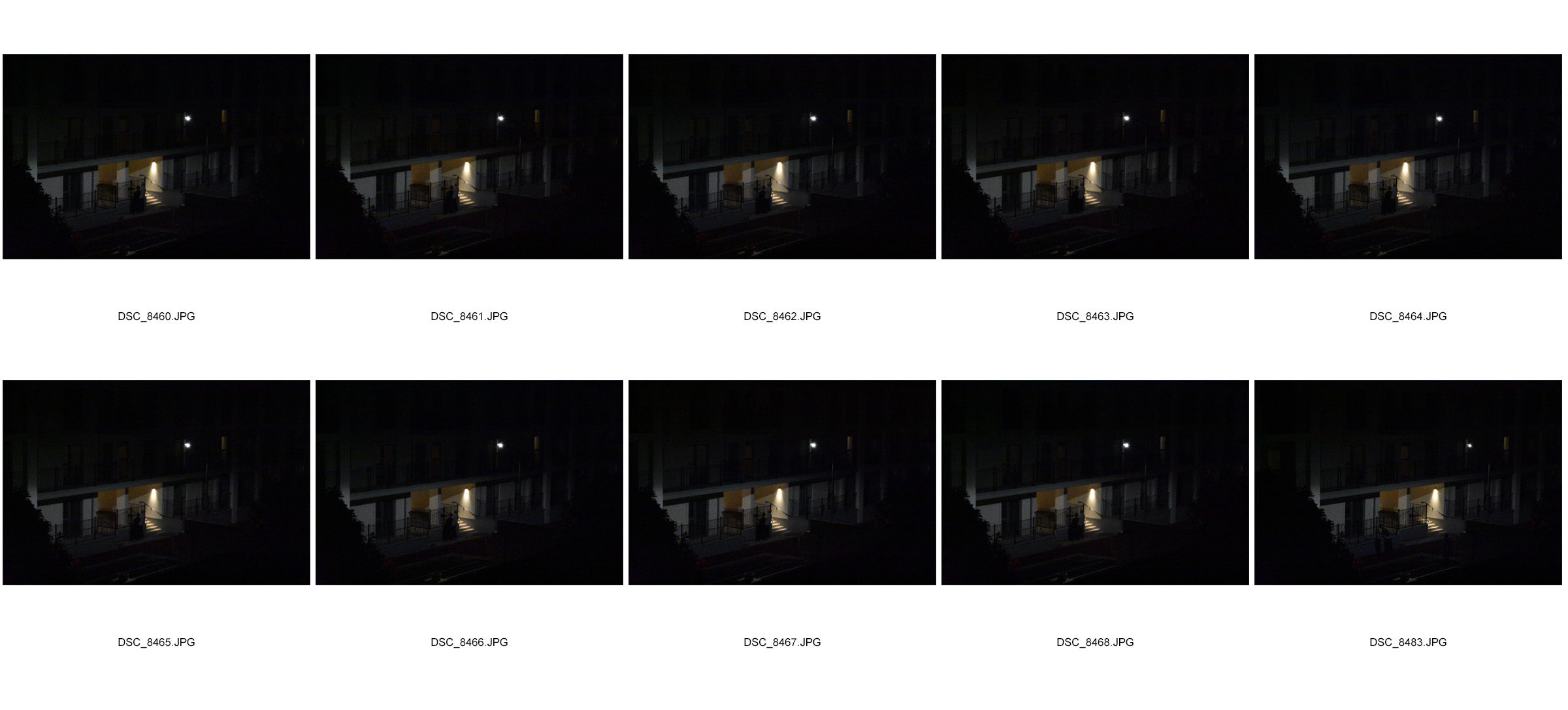
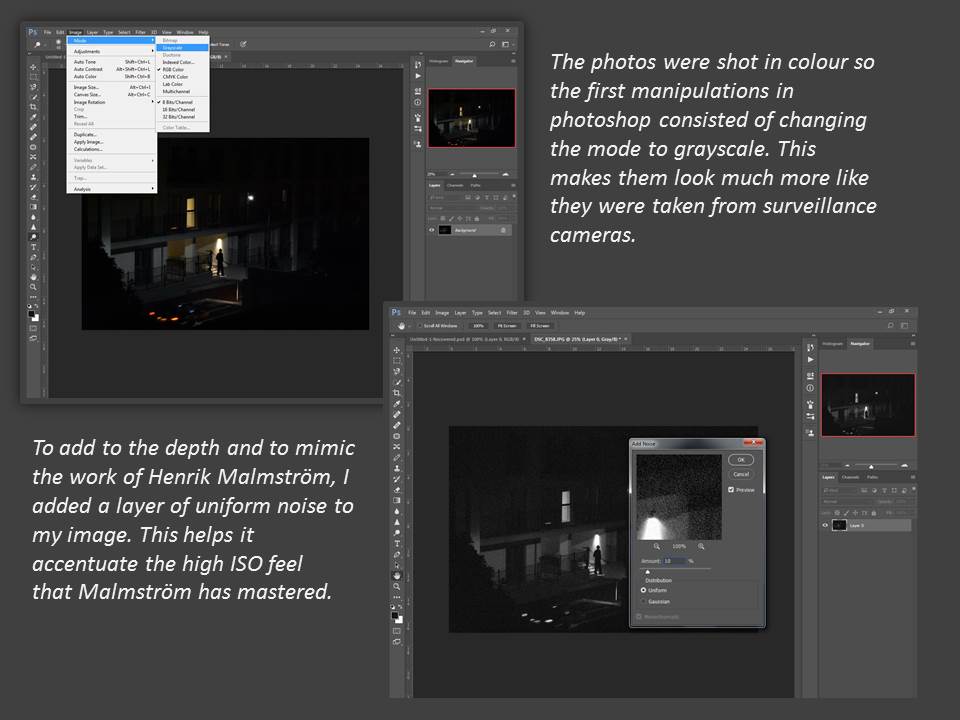
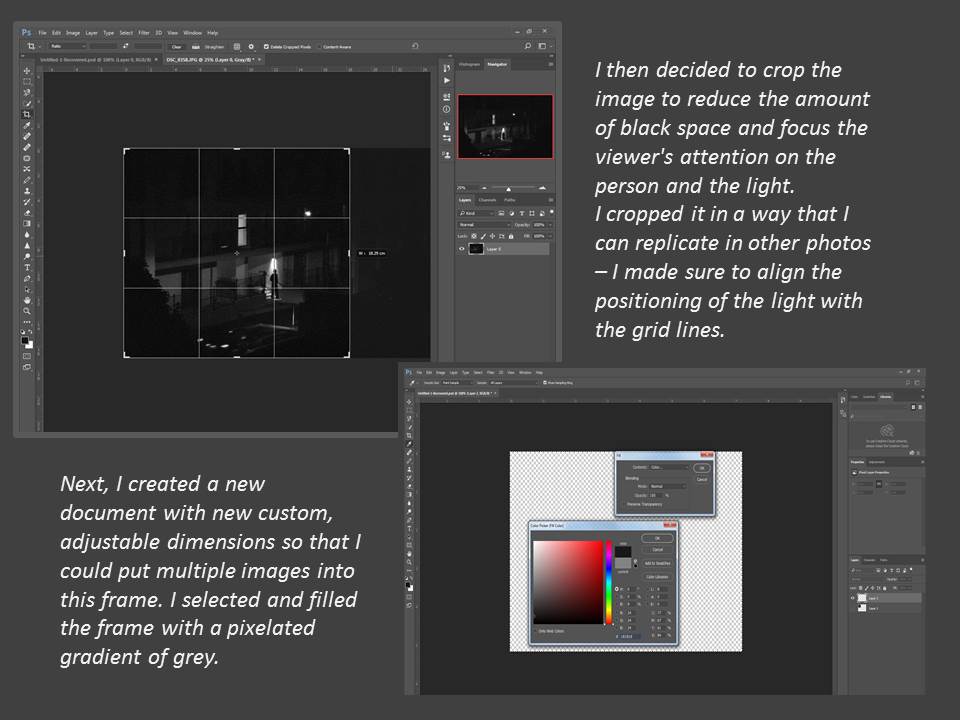

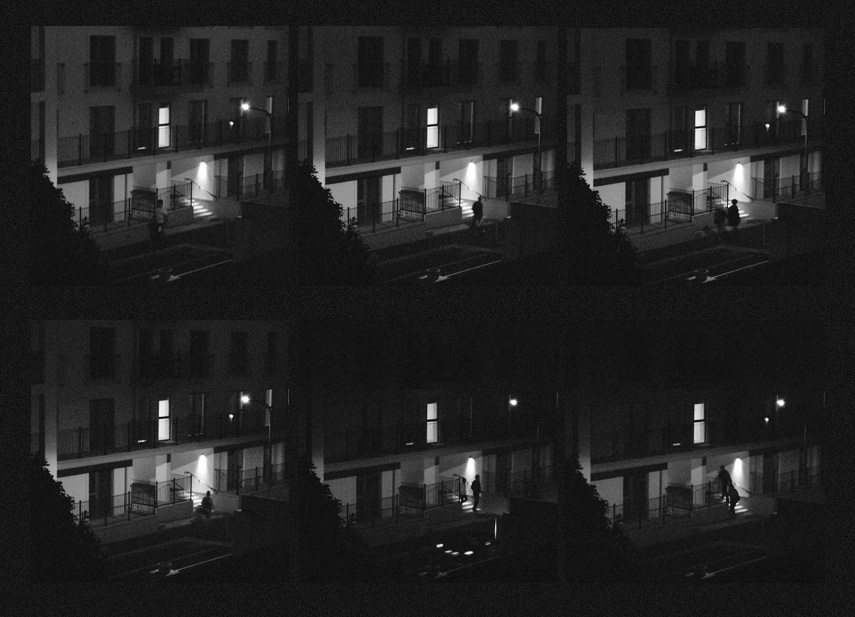
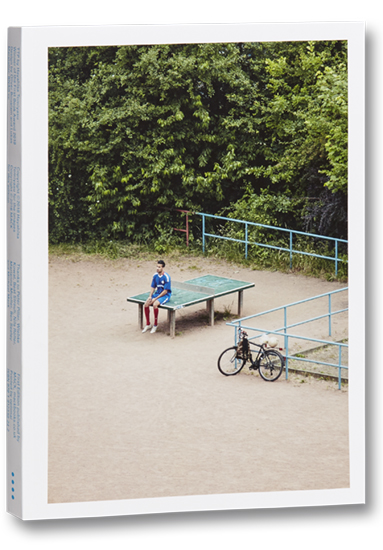
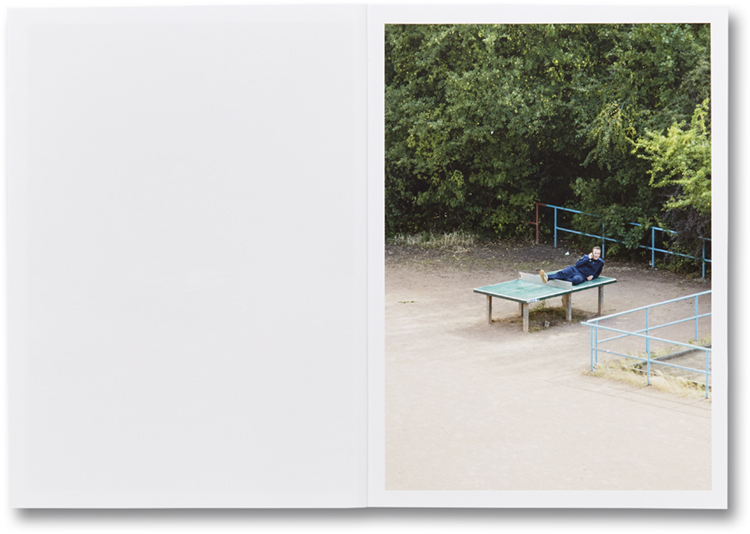
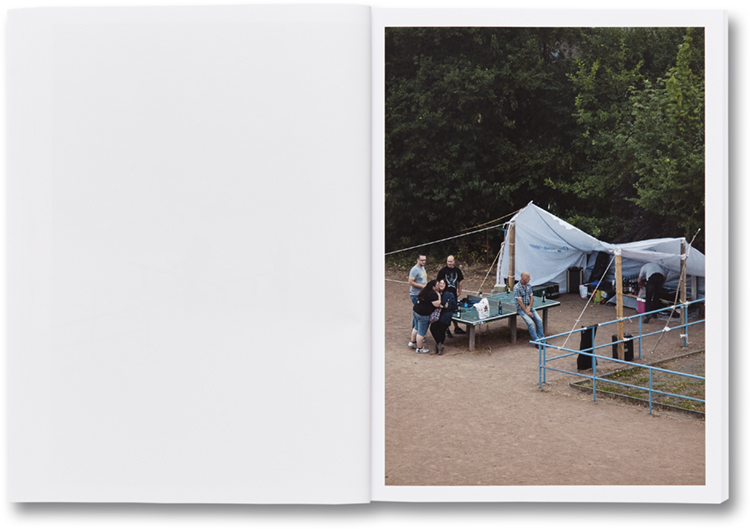
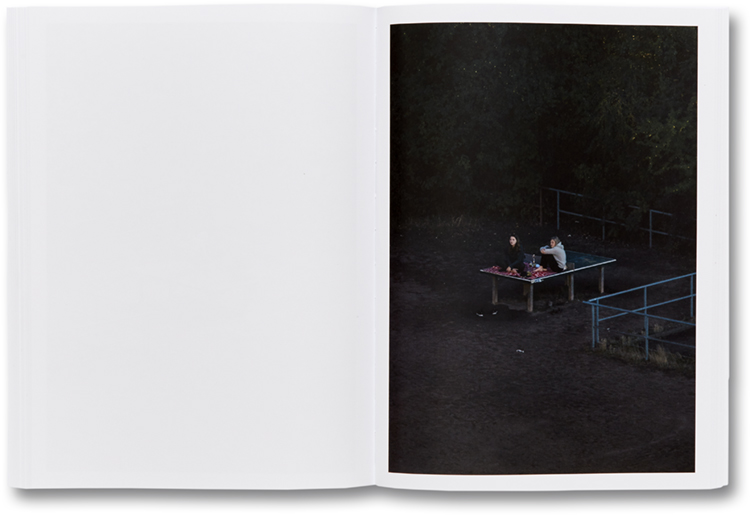 Between these pictures, it’s difficult to place the table in time and space. The pictures aren’t ordered chronologically or by people or activity, but there is a rhythm to them that appears in the small references between pictures – short series that play off one another. Time passes too, but this is marked only by the randomly changing seasons and light of day; slightly longer shadows, browner and fewer leaves on the trees, melting snow, puddles that appear and evaporate. The table is a strange place, there are no pictures outside of the frame just person after person, table after table. The restricted view of Tomiyasu’s lens and the variety of people and their generic European fashion makes it difficult, if not impossible, to know exactly where the table is. The table is a secluded world, one that attracts but doesn’t hold people.
Between these pictures, it’s difficult to place the table in time and space. The pictures aren’t ordered chronologically or by people or activity, but there is a rhythm to them that appears in the small references between pictures – short series that play off one another. Time passes too, but this is marked only by the randomly changing seasons and light of day; slightly longer shadows, browner and fewer leaves on the trees, melting snow, puddles that appear and evaporate. The table is a strange place, there are no pictures outside of the frame just person after person, table after table. The restricted view of Tomiyasu’s lens and the variety of people and their generic European fashion makes it difficult, if not impossible, to know exactly where the table is. The table is a secluded world, one that attracts but doesn’t hold people.